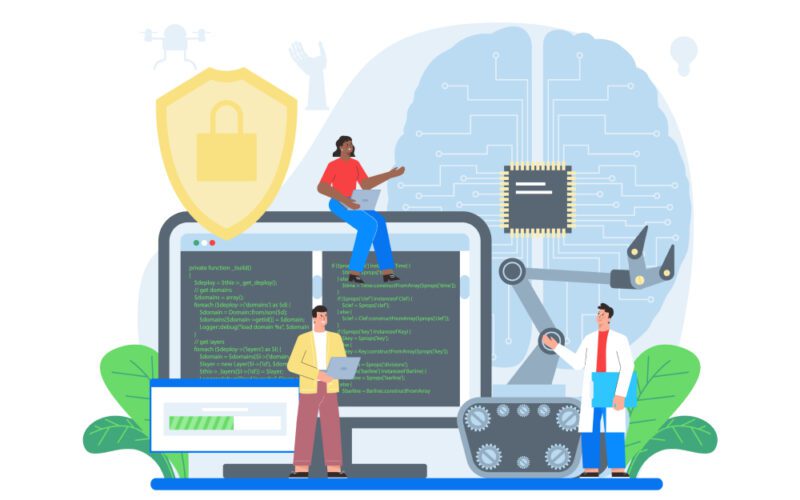No-code AI platforms are democratizing artificial intelligence for businesses without technical teams. Moreover, these tools enable anyone to build AI solutions using visual interfaces. Additionally, companies save 60-80% on development costs compared to custom coding. As a result, small businesses now access enterprise-level AI capabilities.
Understanding Visual AI Development
Traditional AI development requires months of coding and data science expertise. However, no-code platforms eliminate programming barriers entirely. Furthermore, users create AI workflows through drag-and-drop interfaces. Therefore, business analysts and managers can build automation without developers.
Modern no-code AI tools handle complex tasks automatically. Specifically, they manage data preprocessing, model training, and deployment. Moreover, built-in templates accelerate project completion significantly. Consequently, businesses launch AI solutions in days rather than months.
Top Business Applications That Drive Results
Customer Service Automation: No-code chatbot builders create intelligent support systems quickly. Additionally, these tools integrate with existing help desk software seamlessly. Furthermore, businesses report 50% reduction in support tickets. Microsoft’s Power Platform research shows average implementation takes just 2-3 weeks.
Sales Process Intelligence: Visual AI builders analyze lead scoring and pipeline management automatically. Moreover, they integrate with CRM systems without technical setup. Additionally, sales teams see 35% improvement in conversion rates. Therefore, ROI becomes visible within the first quarter.
Content Creation Workflows: No-code platforms automate social media posting and email campaigns. Furthermore, they generate personalized content at scale efficiently. Additionally, marketing teams save 15-20 hours weekly on repetitive tasks. Consequently, they focus on strategy rather than execution.
Getting Started: Implementation Strategy
Step 1: Choose Your Focus Area First, identify one specific business process for automation. Additionally, select workflows with clear, measurable outcomes. Moreover, start with customer-facing processes for maximum impact. However, avoid complex multi-department projects initially.
Step 2: Select the Right Platform Next, evaluate platforms based on your specific needs. For instance, Zapier’s AI tools excel at workflow automation. Similarly, Bubble focuses on app development. Furthermore, Microsoft Power Platform serves enterprise requirements. Therefore, match platform strengths to business goals.
Step 3: Build and Test Gradually Then, create simple workflows before adding complexity. Additionally, test with small user groups initially. Moreover, gather feedback and iterate quickly. According to Gartner’s low-code trends, this approach reduces implementation risks significantly.
ROI Expectations and Timeline
No-code AI implementations typically cost $500-$5,000 monthly for small businesses. However, they generate 200-400% ROI within 6-12 months through efficiency gains. Furthermore, businesses avoid $50,000-$200,000 in custom development costs. Additionally, ongoing maintenance requires minimal technical resources.
Success depends on choosing realistic initial projects and proper user training. Moreover, companies see best results when business users lead implementation rather than IT departments. Therefore, no-code AI represents the fastest path to business automation for most organizations.
No-code AI platforms transform how businesses approach automation by removing technical barriers while delivering measurable results.









